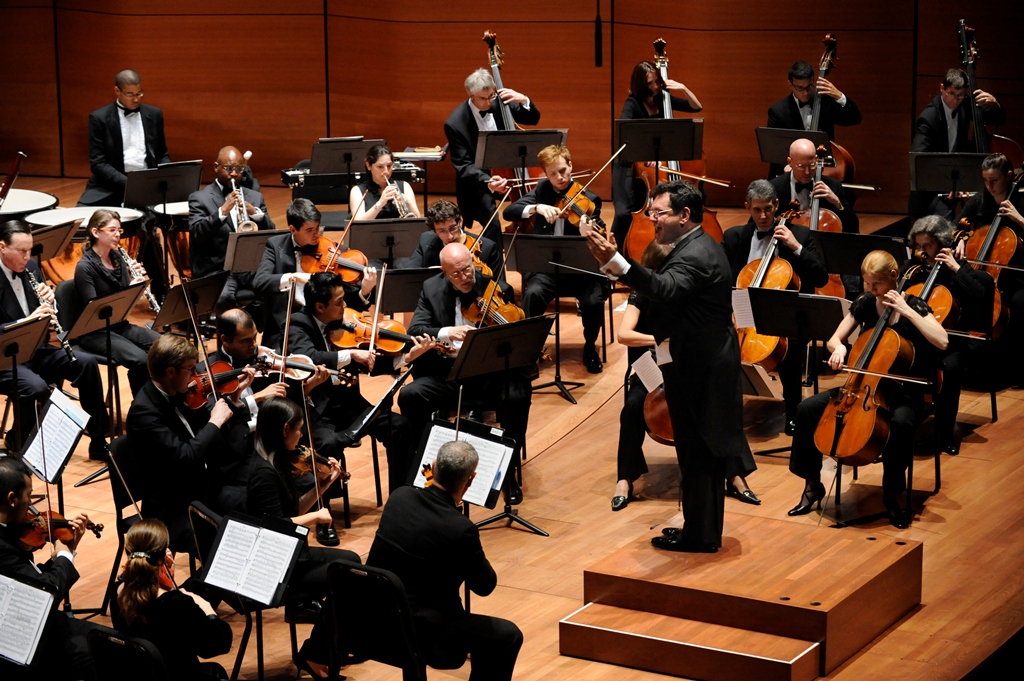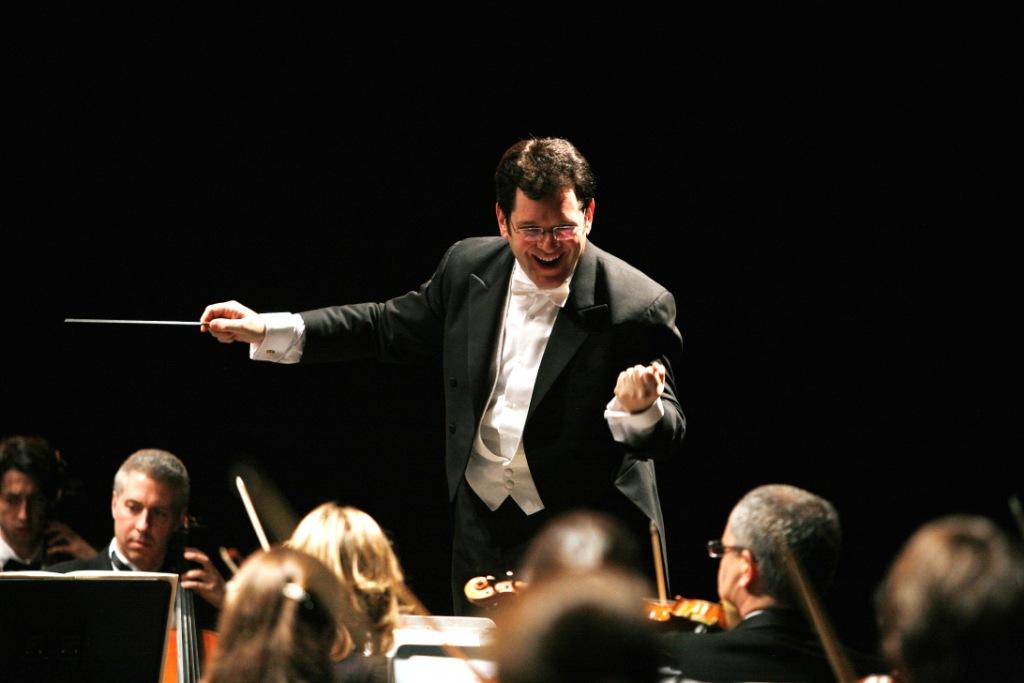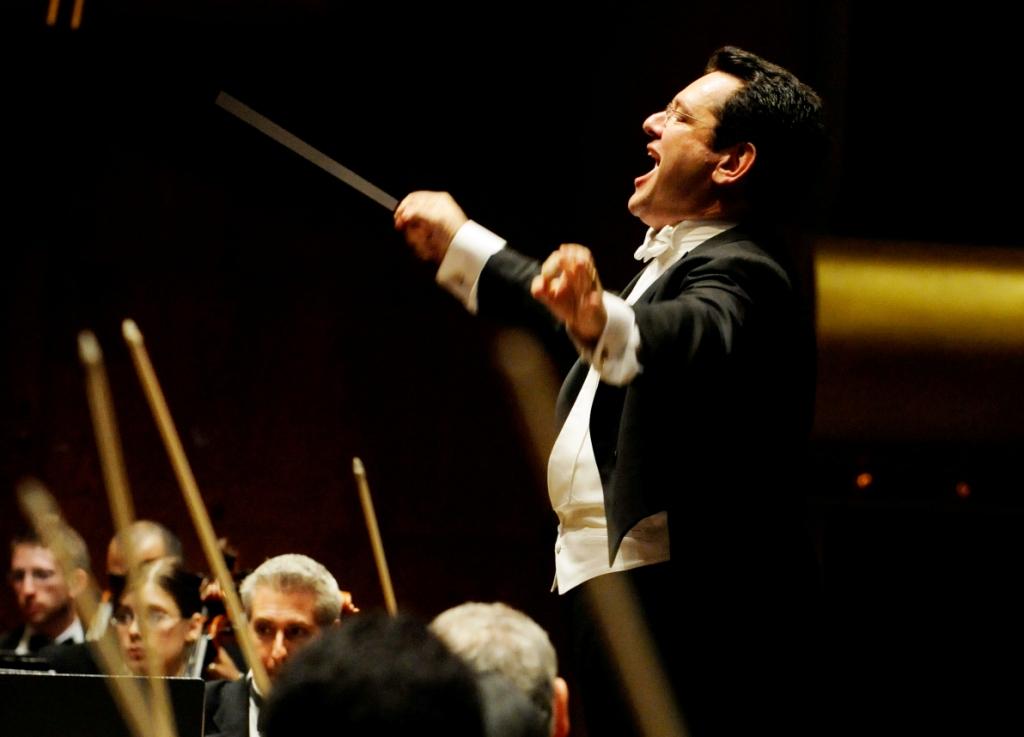The program was perfect: it had a central idea, which was music from or inspired by France. But even though the works were nicely tied together, they were also satisfyingly well-contrasted from one another. Bizet’s Symphony in C was composed by a Frenchman, who at 17 years of age was hardly a man or hardly French; his music, after all, was greatly inspired by the classical structures of Beethoven’s fourth, Schumann’s second and Mendelssohn’s third symphonies. Yet expansive French melody and chromaticism shine through, and this work is worthy of frequent performances. The Park Avenue Chamber Symphony played it marvelously well; David Bernard’s tempo choices were safe and fittingly musical at the same time—the last movement Allegro vivace, for example, wasn’t hurried or flashed for effect, but played so details could be heard. Only occasionally were trumpet and timpani eighth notes late or behind after a tied note. And only a few oboe and flute unison E’s were slightly off in the Adagio. In general, this was indeed a polished performance.
Debussy’s Nocturnes are associated with French Impressionism, yet they were an inspirational source for Stravinsky’s rhythmical Sacre du Printemps. The dreamy mood in Nuages (clouds) was captured exquisitely, and the orchestra was in sync with all of Fete’s syncopations and fly-by-night articulations. The stopped horns and trumpets were solidly in tune—though trumpet ensemble was a bit off in the March. The Premiere Rhapsodie for Clarinet and Orchestra was written later and shows a different, even less predictable side to Debussy—one with constantly shifting harmonies and irregular phrases and rhythms. It was given a sweetly seductive, technically masterful performance by the always excellent Jon Manasse.
Gershwin’s An American in Paris made a great impression all around: ensemble playing was in control—except in one syncopated brass section toward the end—balances were kept in check, intonation was excellent, tone quality beautiful, and the solo trumpet and trombone playing was very solid and evocative. Bernard added some nice touches, like a longer-than-usual bassoon grace note at the beginning of one of the slower parts. The swing section—featuring trumpet solos, trills and numerous syncopations was too slow for my taste, but every other tempo sounded completely natural. Bernard, who conducted the entire program from memory, should be very proud of what he has accomplished with this difficult program; the orchestra was confident and musical, technically impressive and extremely well-prepared.



